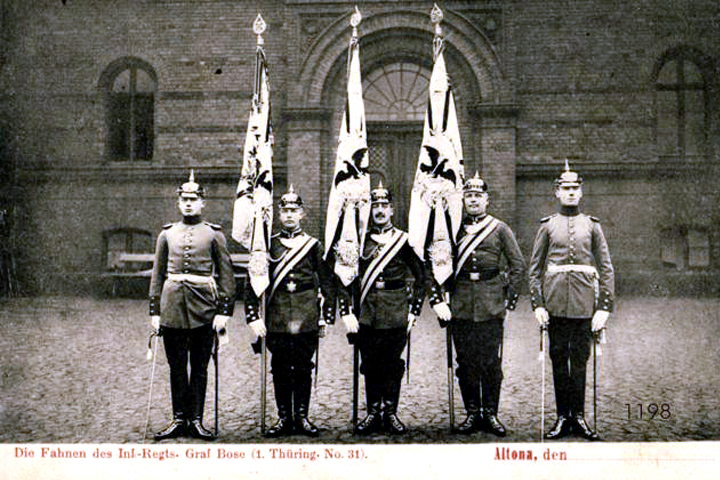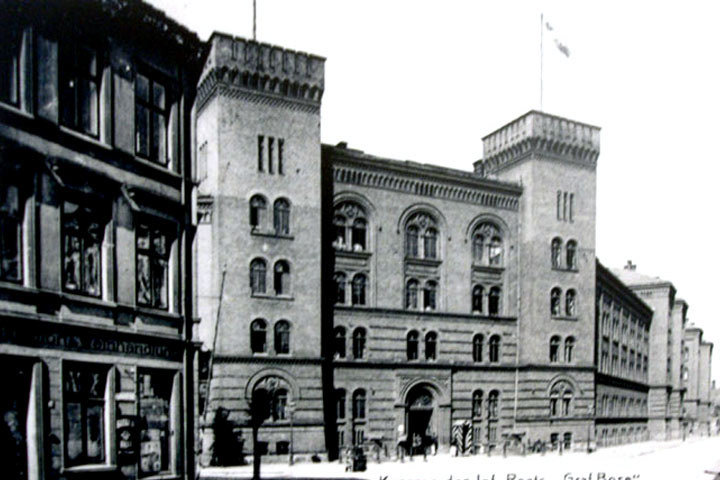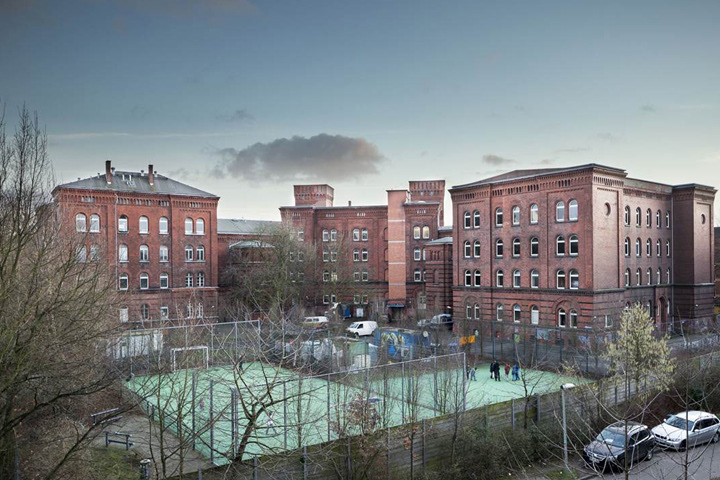Heizkörper (2014) custom electronics, cement blocks, solenoids
"I made Heizkörper [radiator] for an exhibition in Hamburg, Germany, with Janne Höltermann, Swen-Erik Scheu Erling and Michael Zachary. The exhibition investigated medial translation process and its artifacts, noise and misunderstandings. As German and American artists, we grappled with the translation process. The exhibition title is a technical translation misinterpreted from one of the first test kits that was transmitted over a telephone line. In fictional and imaginary architectures, spaces and stories the artists investigate conventions, media and optical methods - interference, artifacts and distortions served as the starting point."
Created on site in response to the architecture and the history of the building, the piece consists of a procedurally controlled set of solenoids. They are positioned in proximity to items found in the building and the architecture itself. The solenoids respond to a software program written in the space and send acoustics signals through the building via heating and cooling pipes connected to the radiator and the floor boards.
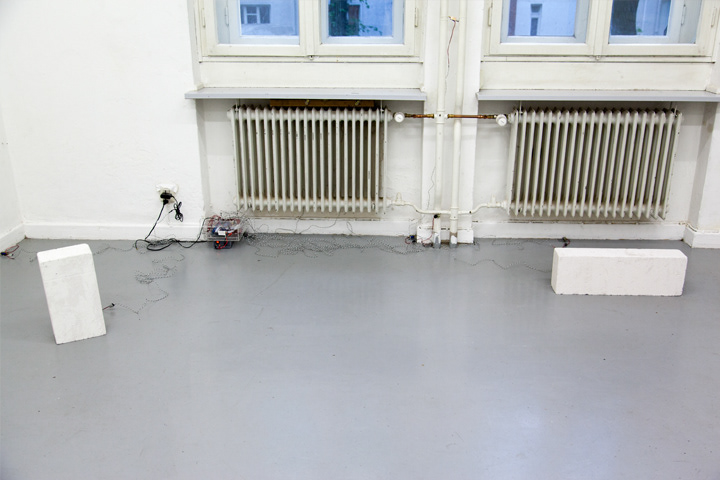

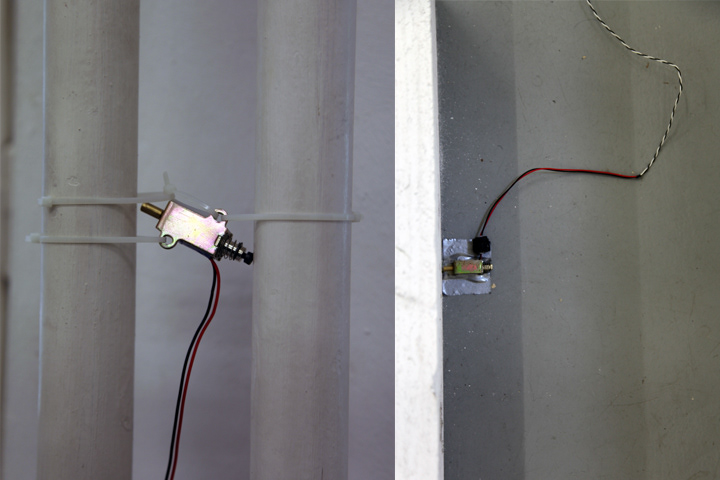
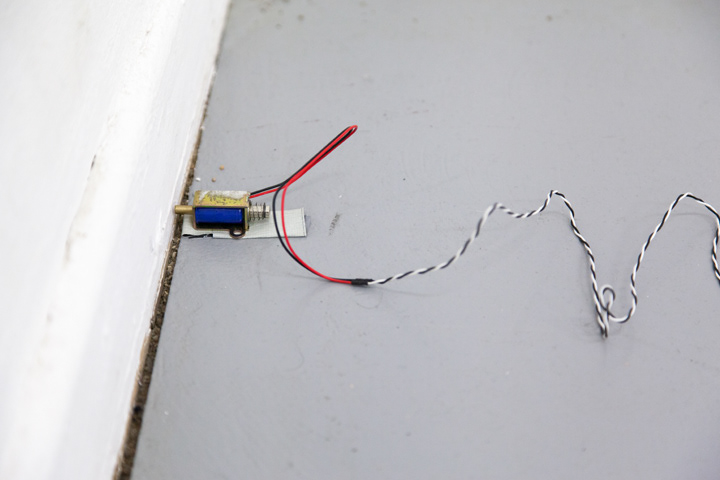
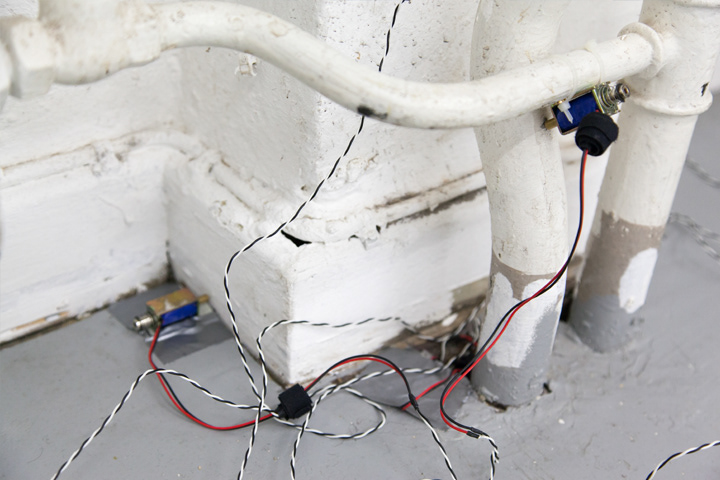

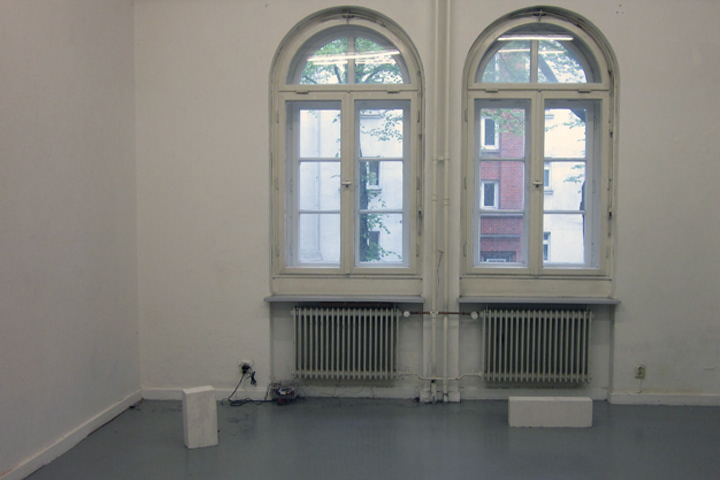

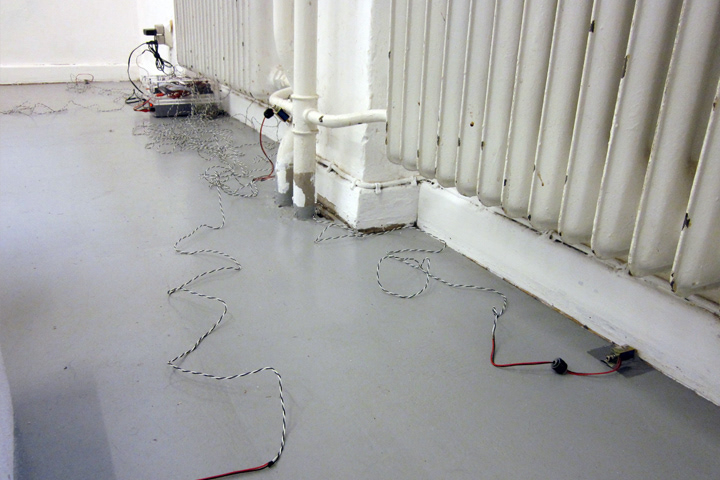
Site History "The massive brick building with its two towers is like a castle or fortress. It rises behind the Allee-sports court in Altona-Nord and was originally a "Victorian Barracks". Originally, the barracks covered three blocks and included an officers' mess, a riding and drill hall, garages, the garrison and a detention center - all were designed as a rectangle around a parade ground. The Victoria era Wilhelmian barracks was built in 1878-83.
"The former riding school and the Exerziergebäude (both located on the Haubachstraße) have long been used as a sports hall for the "Police SV Hamburg 1920" and Max-Brauer-Allee also used the Gymnasium Allee. Parts of the University of Hamburg were housed in the barracks. During the great flood in February 1962 about 300 victims were laid out for identification at the building.
"The Victoria-Kaserne was used between 1881 - 1919 as a barracks for the "Royal Prussian Infantry Regiment Graf Bose No. 31."; 1919 - 1977 as a police accommodation Altona (1919 -37 at the same time with the police headquarters Altona-Wandsbek) after 1945 as a police academy and clothing depot of the police Hamburg; From 1945 to 1977 it was the "social camp Eggerstedtstraße" and temporarily housed 2,500 refugees, emigrants, homeless; in1962 during the Hamburg flood 300 flood victims were laid to be identified. The official names of the complex changed depending on usage: "New Barracks Movement", "Earlier infantry barracks", "Police Accommodation Altona" or "social camp Eggerstedtstraße".
"The name of the complex has unofficially been 'Victoria Barracks', as the Barracks main entrance is on Victoria Street. It had received its name due to the victorious outcome of the Franco-German War of 1870-71 and in 1951 renamed Eggerstedtstraße. This remaining 'Block 3', with its arched style and the twin towers, is a typical representative of the Prussian barracks style of the Wilhelmine era. Since January 2010 the Frappant Artist collective has been working to maintain and classify the building as a monument. Many artists hold studios there and participate in the local community."
The above is a translation of the site history available at frappant.org.
